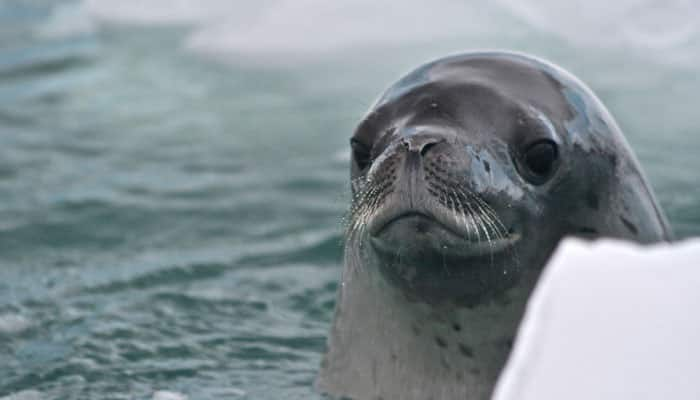Washington: Antarctic seals may use the Earth's magnetic field as a natural GPS while hunting, a new study has found.
Weddell seals have biological adaptations that allow them to dive deep while hunting, but also an uncanny ability to find the breathing holes they need on the surface of the ice.
Researchers believe they do it by using the Earth's magnetic field as a natural Global Positioning System (GPS).
"This animal, we think, may be highly evolved with an ability to navigate using magnetic sense in order to find ice holes some distance apart and get back to them safely," said Randall Davis of the Department of Marine Biology at Texas A&M University.
If the hypothesis turns out to be true, it would represent the first evidence of such a trait in a marine mammal.
Davis, Terrie Williams, a professor of ecology and evolutionary biology at the University of California, Santa Cruz and another colleague, Lee Fuiman, associate director of the University of Texas' Marine Science Institute in Port Aransas, have been studying the behaviour of Weddell seals for decades.
The idea that Weddell seals can unerringly follow magnetic lines dates back to the late 1990s when the team first started working together in Antarctica.
Fuiman said he was struck by data from the very beginning that showed the seals returning to dive holes with amazing precision.
"The animal always found its way back. It's like he knew exactly where the hole was. I couldn't figure out how they would do that. How did they know where they were by the time they turned around?" Fuiman said.
The behaviour from dive profiles is intriguing but not conclusive, researchers said.
Researchers will now determine whether Weddell seals, like homing pigeons, are using magnetic lines to weave their way back home.
For the next three years, the team will work with a handful of Weddell seals. Each animal will be outfitted with a Video and Data Recorder and released into three areas over the course of a couple of weeks in McMurdo Sound, where researchers have precisely mapped the magnetic field.
"There should be changes in behaviour when an animal is in a different magnetic field," Fuiman explained.
Comparing the magnetic anomaly maps of McMurdo Sound with dive profiles from the video and data recorder should provide some answers, researchers said.
The group will also return to Antarctica in August toward the end of the Antarctic winter, when there are still 24 hours of darkness.
Davis said it's possible Weddells may be using other strategies for relocating holes in the sea ice with apparent ease.
One possible explanation involves the idea of piloting - using under-ice visual features, such as cracks in the ice, to navigate.
















